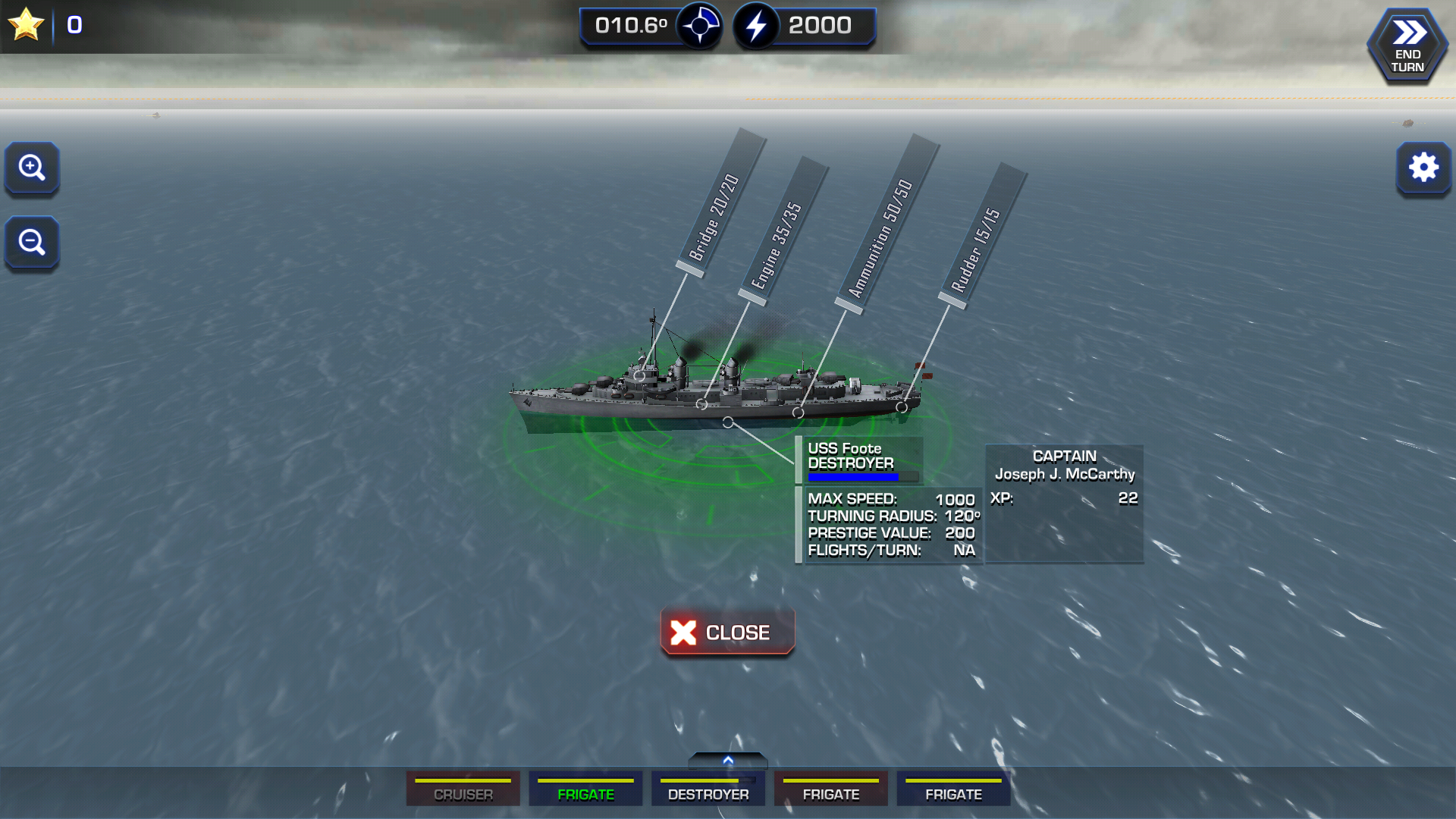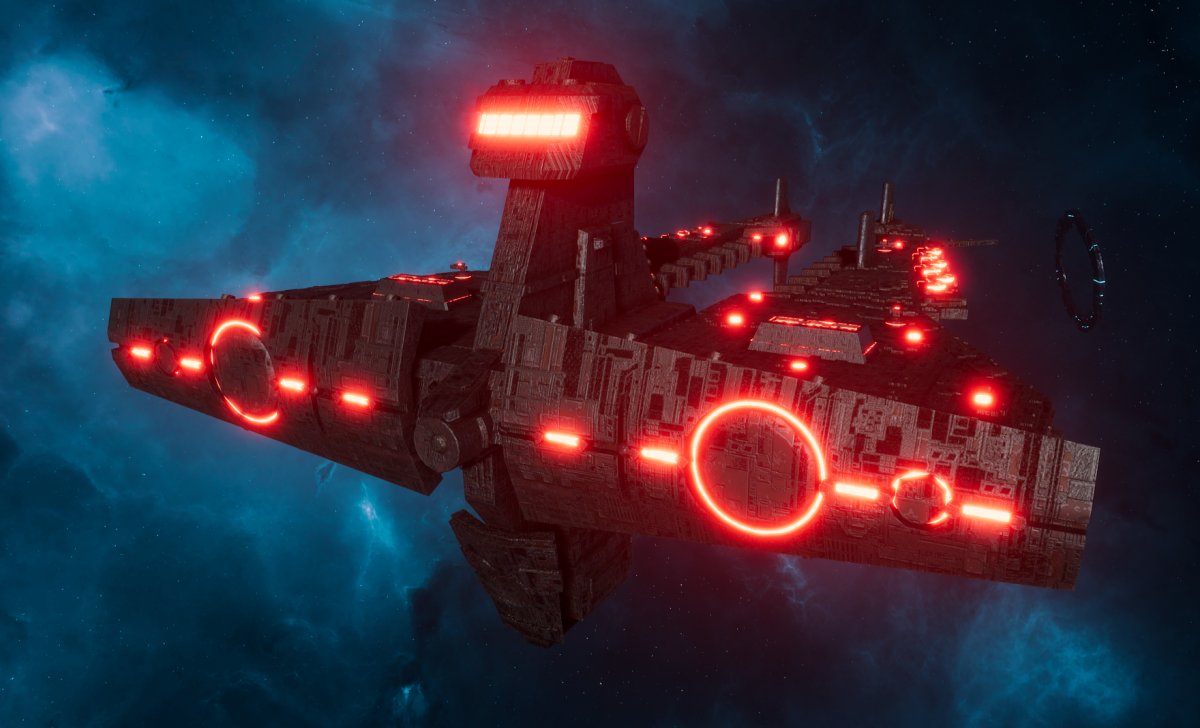

their armaments (the number and size of their guns).their weight (measured by the amount of water they displaced).They did this by forming a protective screen around the carrier. Hence, in battle, all other ships had to protect the vulnerable but essential aircraft carriers. The one exception was the carriers, which were large, but displaced relatively little water, because they were lightly armed - their role being to provide the launching pad for aircraft rather than to shoot at other ships. Generally, the larger the ship, the more guns it had, the heavier the armour for protection, the heavier it was, and the slower it became. The main target of the Allied carriers was the Japanese Carrier Striking Force, with the aircraft carriers Zuikaku and Shokaku, and protecting cruisers and destroyers, commanded by Admiral Takagi.Their task was to stop the invasion, and to do this they would have to tackle the Japanese carriers accompanying and protecting it. There was also a second Allied force of two aircraft carriers, the USS Lexington (commanded by Rear-Admiral Fitch) and the USS Yorktown (commanded by Rear-Admiral Fletcher), together with protective cruisers and destroyers.This force was commanded by the Australian Rear-Admiral Crace.

They were sent to find and attack the Port Moresby Invasion Group.

This is an exaggerated claim, but there is some validity to it. the battle stopped the Japanese sea-borne invasion of Port Moresby.įor many people this was the ‘battle that saved Australia’.it was the first time in World War 2 that the Japanese experienced failure in a major operation and.The battle was significant for two main reasons:

All attacks were carried out by aeroplanes.It is also the largest naval battle that has ever been fought off Australia’s shores. It was the first aircraft carrier battle ever fought, and the first naval battle in which the opposing forces of surface ships at no stage sighted or fired at each other. Some of the aircraft involved were land-based, but most were from the opposing aircraft carriers. It was fought by Allied (United States and Australian) and Japanese aircraft against four different major groups of warships.
#Battle fleet 2 saving series#
The Battle of the Coral Sea was a series of naval engagements off the north-east coast of Australia between 4 and.


 0 kommentar(er)
0 kommentar(er)
